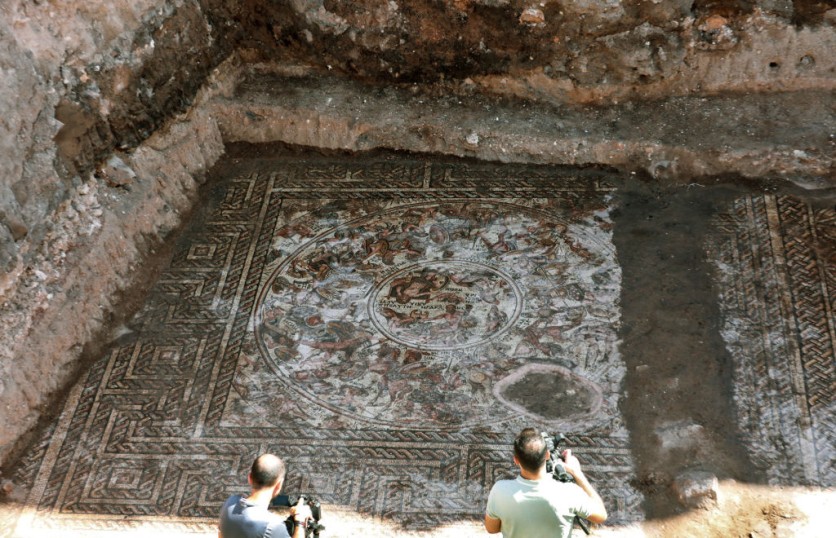The ancient city of Dura-Europos, located in modern-day Syria on the Euphrates River's bank is an attractive site for archaeologists due to its rich cultural diversity.
Jews, Christians, Mithraic, and other religious sectors coexisted in the city and worshipped side by side. At the same time, archaeologists found graffiti containing various languages such as Hebrew, Latin, Greek, Aramaic, and many more.

The city, which was established in 300 BC and abandoned in the third century AD, was not regarded as a big metropolis, but scholars claim that its artifacts could reveal a great deal about the daily lives of people in that era, according to Yale's press release.
However, it is challenging to trace artifacts in the city since they are found in various areas and frequently go unlabeled or have several designations.
Hence, the National Endowment for the Humanities has awarded a $350,000 grant to a group of archaeologists and computer scientists to create a digital repository of information about the ancient city of Dura-Europos.
"Linked Open Data"
They will create a "linked open data" virtual data cloud to consolidate the numerous resources from this region. This will result in a user-friendly interface that makes the data accessible and enables researchers to add fresh findings.
The team claims that researchers will also have an easier time navigating the relatively extensive excavation records thanks to the digital archive. For example, they will be able to map out the thousands of items Yale has and pinpoint the location on the site where each one was initially discovered.
Reviving an Ancient, Lost City
The team also has plans to create 3D reconstructions of the historic city based on the countless pictures that they currently have.
Holly Rushmeier, John C. Malone Professor of Computer Science at Yale, said that they plan to reconstruct worship places such as the Baptistry and Mithraeum.
They plan to make the entire collection searchable in three years and provide Arabic translations to every page.
They also intend to create a user-friendly website that lets users quickly switch between English and Arabic. This will provide scholars from all over the world access to the collection and enable them to share their own knowledge on the website.
Digitally reconstructing an old city that brims with a plethora of artifacts were no easy feat for the team, but Rushmeier is confident that with the correct technology and a variety of disciplines working on the project, it will soon be an important tool for academics.
Hence, the team could employ technologies from Rushmeier's lab in the future to create 3D models and other types of geospatial reconstruction to revive the rich, culturally-diverse city of Dura-Europos.
Related Article : Archaeologists May Have Found a 200-year-old Skeleton that Belonged to a Shipwrecked Sailor in Cornwall

ⓒ 2026 TECHTIMES.com All rights reserved. Do not reproduce without permission.




